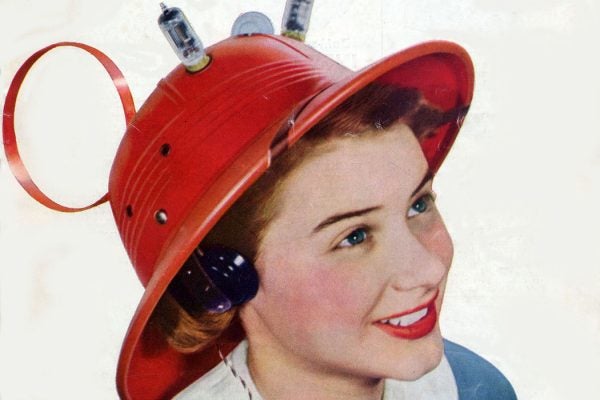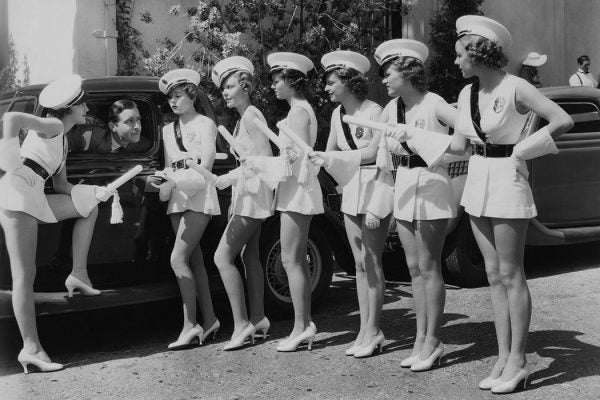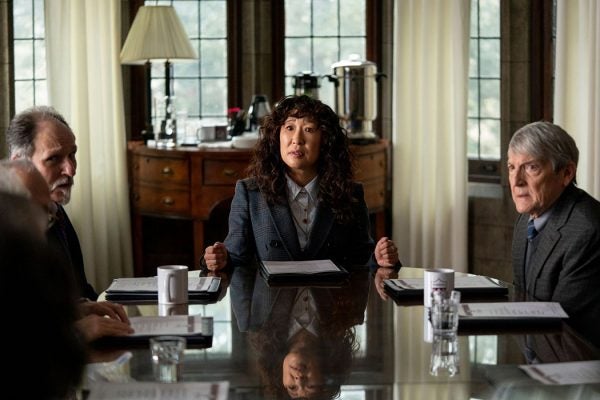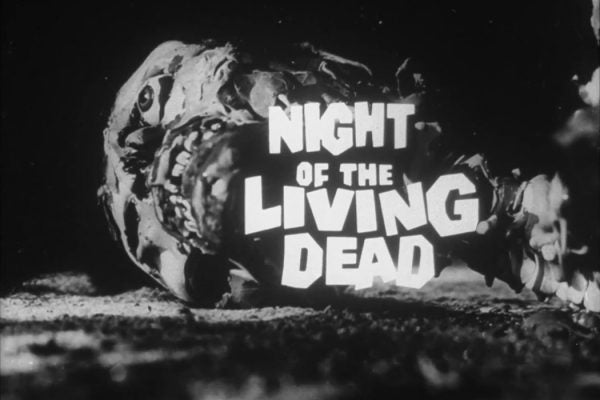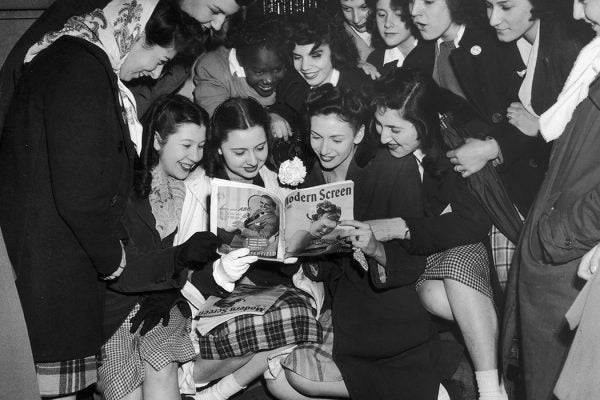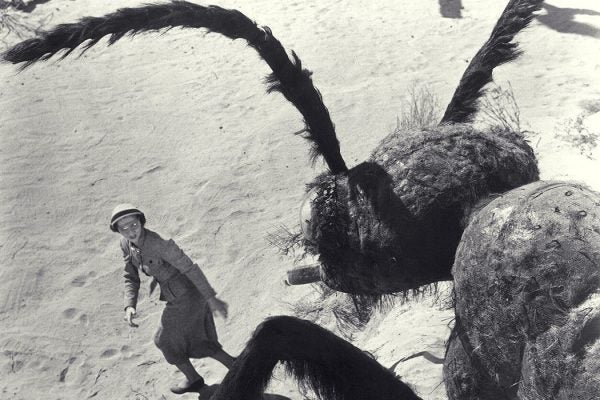Can Radio Really Educate?
In the 1920s, radio was an exciting new mass medium. It was known for providing entertainment, but educators wondered if it could also be used for education.
Making Eyes on the Prize
One of the most influential historical documentaries of all time almost didn't get made.
The Rise of Hollywood’s “Extra Girls”
They didn't have to do anything besides stand around and look pretty. At least, that was the myth the studios wanted the public to believe.
Who Looks Like a Professor?
Movie portrayals of faculty may influence the ideas about professors that students bring to the first day of class.
The Summer Blockbusters of JSTOR Daily
Our favorite stories about popcorn movies! There may or may not be explosions.
Asthma Tropes and the Kids Who Hate Them
Children with asthma respond to the movie executives who see them as weak people helped by magical inhalers.
The Photographers Who Captured the Great Depression
The Farm Security Administration had photographers fan out across the country to document agricultural conditions. But they brought back much more.
The History of Black-Owned Record Labels
Decades before Motown ruled the radio, labels like Black Swan and Black Patti put out records that didn't stereotype African American music.
How Teenage Girls Invented Fandom
They were mocked for their obsession with movies. But the fan culture they constructed help build Hollywood.
Fear of an Insect Planet
"Big bug movies" of the 1950s have been interpreted as projections of nuclear anxieties. But what if they were about...actual fear of bugs?
